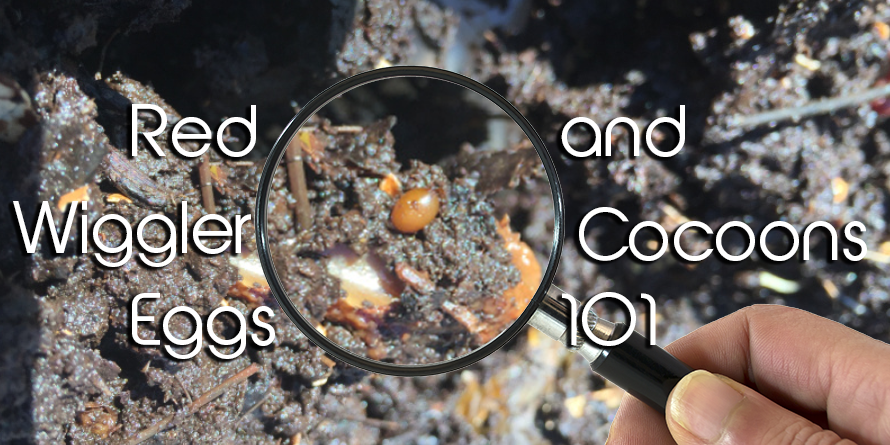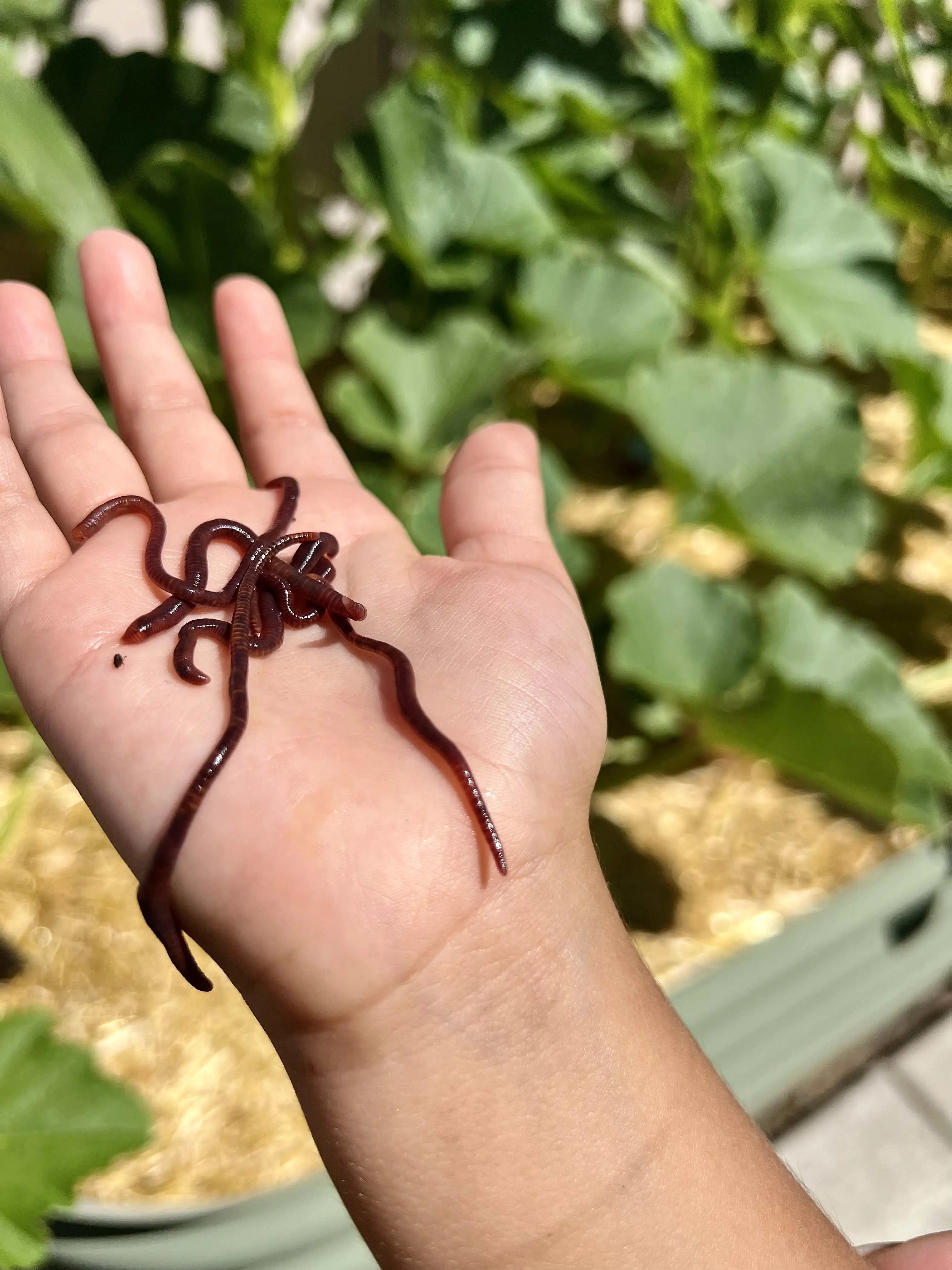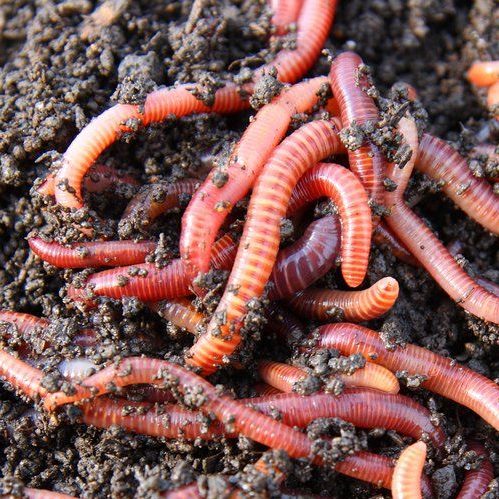Lake Hickory Bait: Your Partner for Enjoyable Fishing on the Lake
Lake Hickory Bait: Your Partner for Enjoyable Fishing on the Lake
Blog Article
Red Wigglers: The Unsung Heroes of Organic Waste Recycling
Red wigglers, or Eisenia fetida, act as crucial representatives in the natural waste recycling process, changing thrown out materials into useful vermicompost. Their reliable malfunction of raw material not just enhances soil top quality but additionally adds to sustainable waste administration methods. As the globe significantly looks for options to battle waste buildup and boost farming efficiency, comprehending the role of these worms ends up being necessary. What systems enable them to flourish in garden compost atmospheres, and exactly how can they be efficiently made use of in both residential and business settings? Checking out these concerns reveals the more comprehensive implications of vermicomposting in our eco-friendly landscape.
What Are Red Wigglers?
The remarkable resilience of red wigglers, clinically referred to as Eisenia fetida, underscores their critical function in natural waste recycling. These little, reddish-brown earthworms are commonly located in breaking down organic matter, such as compost heap and manure heaps. Lake Hickory Bait. Unlike other earthworm species, red wigglers grow in nutrient-rich settings and are very efficient at breaking down natural materials, making them important for vermicomposting

(Lake Rhodhiss Bait)Along with their function in waste decrease, red wigglers add to dirt wellness by improving dirt framework and oygenation via their burrowing tasks (Lake Hickory Bait). Their presence in composting systems not only enhances decomposition prices however additionally promotes a lasting strategy to squander administration, showing their significance in environmental preservation efforts
Advantages of Composting With Worms
Composting with worms, especially red wigglers, provides many benefits that boost both waste management and soil health and wellness. These worms successfully damage down organic waste, converting it into nutrient-rich vermicompost that improves dirt. This process accelerates disintegration, enabling a much faster recycling of kitchen area scraps and various other organic products compared to conventional composting methods.
Additionally, the vermicompost generated by red wigglers is bursting with valuable microbes, which help enhance soil structure, oygenation, and moisture retention. This boosts the total wellness of plants, advertising strenuous growth and boosted yields in yards and farming settings. Furthermore, making use of worms in composting lessens the production of greenhouse gases, such as methane, adding to an extra sustainable waste monitoring system.

Just How to Start Vermicomposting
Developing a vermicomposting system is a simple process that can produce substantial benefits for both waste monitoring and dirt enrichment. To start, pick an ideal container, such as a plastic bin or wood box, with adequate air flow holes to make sure correct airflow. The measurements need to preferably be around 2 feet by 3 feet, permitting sufficient space for the worms to prosper.
Following, prepare bed linens product, which can be composed of shredded paper, cardboard, or coconut coir. This bed linen must be moistened to produce an ideal habitat for the worms. Once the bedding is in location, introduce red wigglers (Eisenia fetida) right into the container, commonly around one pound of worms for every single square foot of surface area.
Adhering to the positioning of worms, include natural waste, such as fruit and veggie scraps, coffee premises, and crushed eggshells. Stay clear of including dairy, meat, or oils, as these can produce odors and attract insects. Position the bin in a shaded, temperature-controlled area to keep optimum conditions for worm task. With these actions, you will properly initiate a vermicomposting system that contributes to sustainable waste monitoring and enhances your soil.
Maintaining a Healthy Worm Container
(Red Wiggler Express)Maintaining a worm container growing requires regular interest and like guarantee the health and wellness of the red wigglers and the performance of the composting procedure. Correct upkeep starts with keeping track of the dampness degrees; the container ought to perspire but not soaked. A great policy of thumb is to keep an uniformity comparable to a wrung-out sponge.
Carefully blending the bed linen and food scraps every couple of weeks protects against compaction and makes sure that all worms have accessibility to oxygen. In addition, it is important to feed the worms properly.
Temperature regulation is another vital element. Red wigglers flourish in a series of 55 to 77 levels Fahrenheit. If the container comes to be also hot or cool, the worms may end up being worried - Lake Hickory Bait. Occasionally check for indicators of health, such as worm population development and the presence of healthy and balanced spreadings. By diligently handling these factors, one can maintain a robust and productive worm bin.
Effect On Sustainable Living
The successful upkeep of a worm container not just benefits the health and wellness of red wigglers but additionally adds dramatically to lasting living methods. By recycling natural waste, such as kitchen area scraps and lawn debris, red wigglers help draw away considerable amounts of product from land fills. This decrease in waste not just lowers greenhouse gas emissions yet likewise lessens the environmental worry linked with waste administration.
Furthermore, the spreadings created by red wigglers work as a nutrient-rich natural fertilizer, improving dirt health and wellness and promoting plant growth. This natural choice to chemical plant foods supports sustainable agriculture and gardening techniques, lowering dependence on artificial inputs that can hurt ecosystems. In addition, worm composting cultivates awareness of waste management, encouraging individuals and areas to adopt more sustainable habits.

Verdict
In summary, red wigglers offer as essential factors to organic waste recycling through their efficient disintegration of organic materials. Their capacity to create nutrient-rich vermicompost improves soil wellness and supports sustainable agricultural practices. By integrating vermicomposting into waste administration techniques, individuals and communities can dramatically lower waste while promoting environmental sustainability. The duty of Eisenia fetida in cultivating healthy and balanced ecosystems underscores the relevance of these organisms in achieving lasting living and enhancing dirt fertility.
Report this page